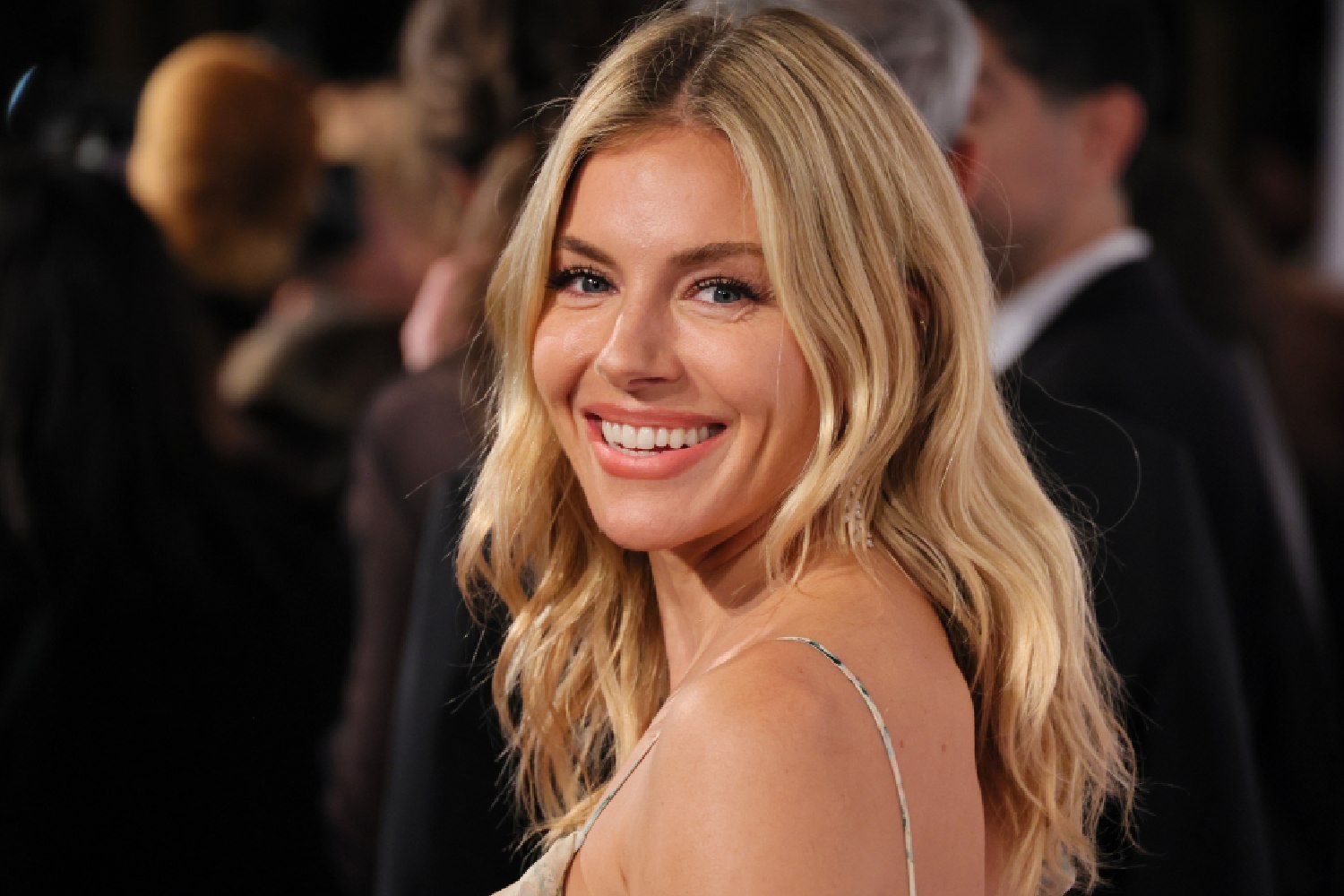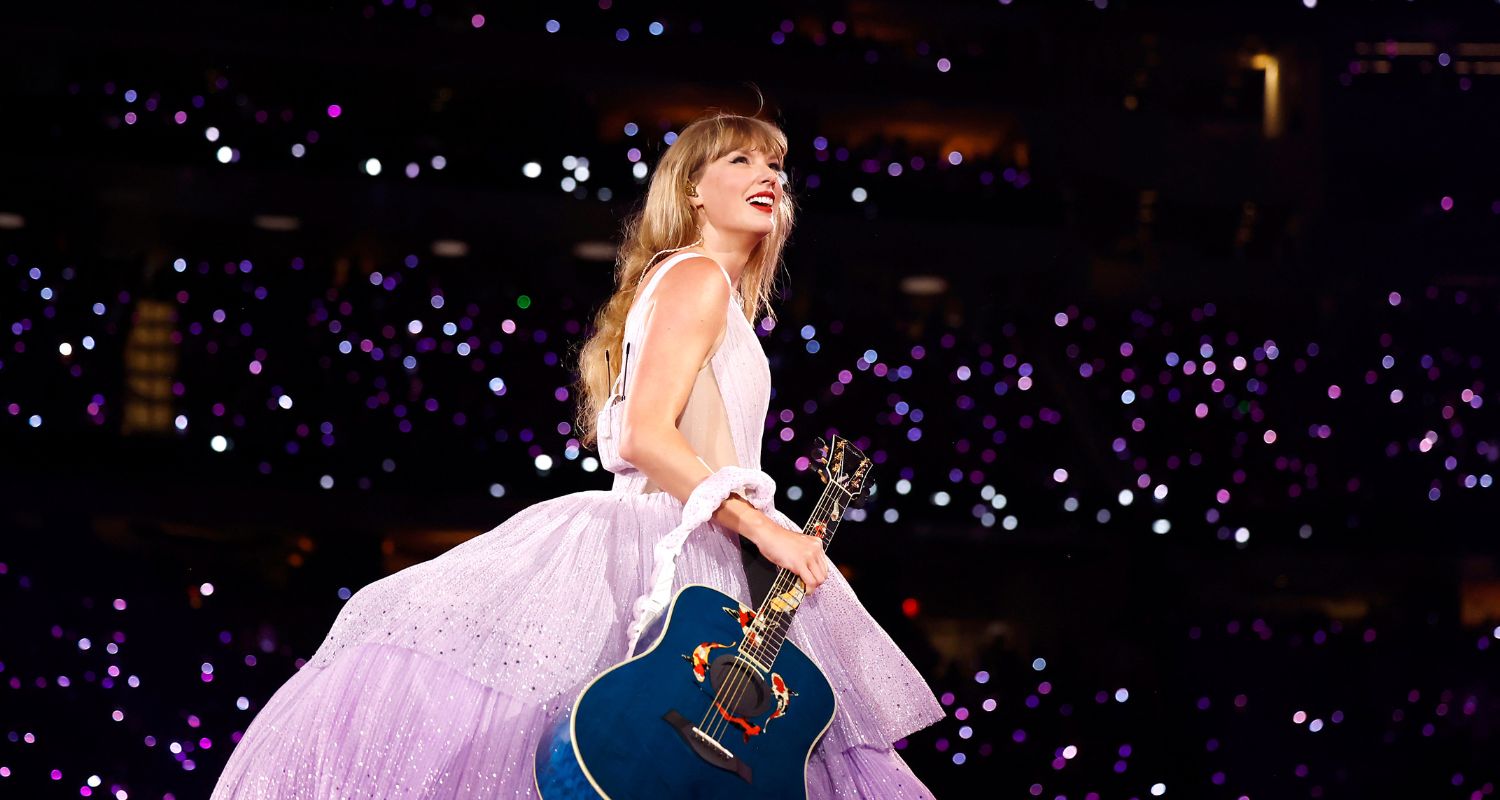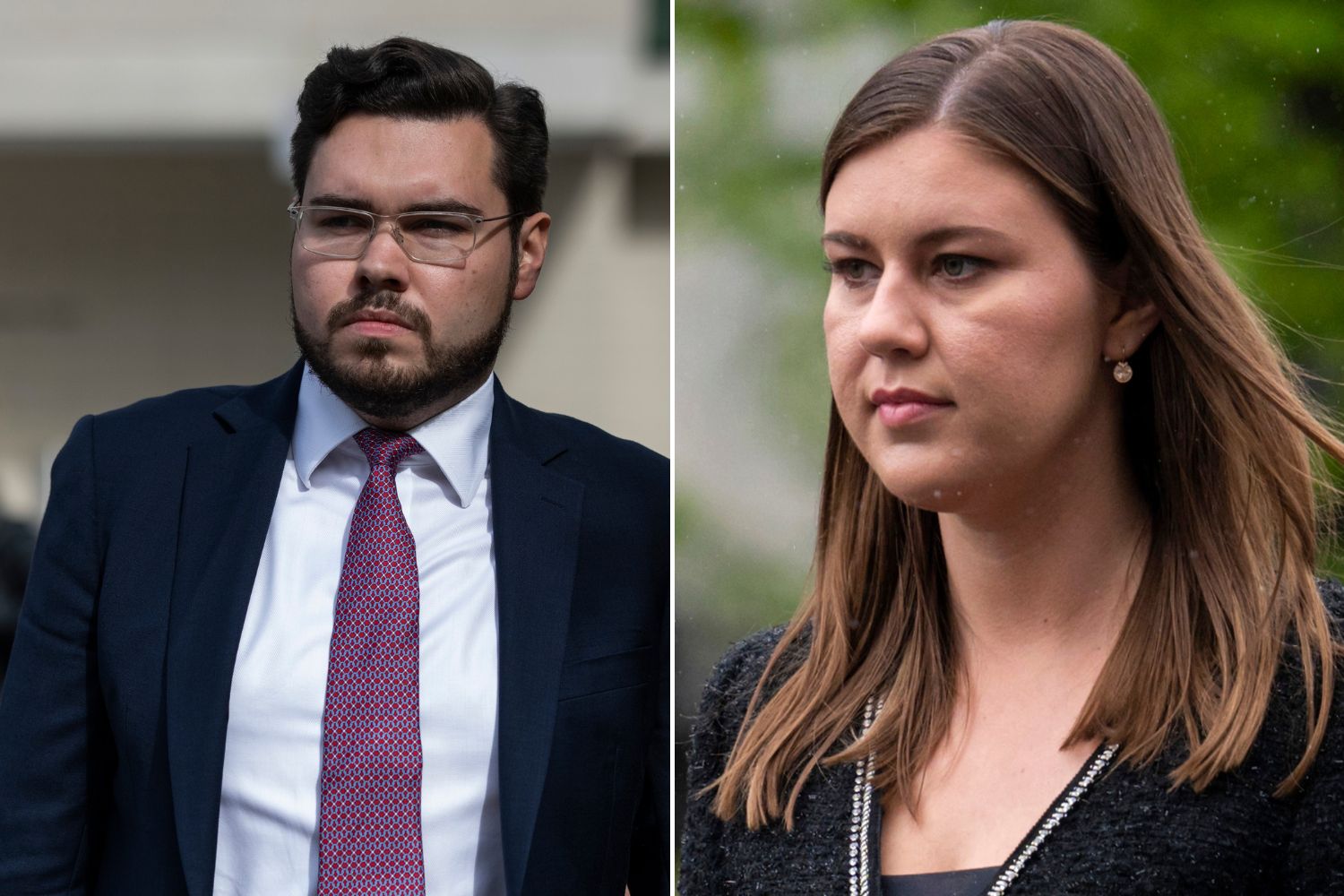Since 1980, more than 200,000 Australian children have been born via IVF, but Candice Thum (nee Reed) was the first. This month she turns 40 and speaks exclusively to marie claire about life in the limelight and becoming a fertility advocate.
The birth of a baby is big news in every family, but on the day I was born it was front-page news across Australia. The year was 1980, Olivia Newton-John’s “Magic” was on high rotation on the radio, women were sporting big hairstyles and bigger shoulder pads, and I was born: Australia’s first IVF baby.
A 60 Minutes team had interviewed my parents when Mum was heavily pregnant and there was a crew in the room when she gave birth. It was a huge media story and the headlines seem very cringe-worthy now. “Candice Reed: Australia’s first test tube baby!” was one. It’s horrifying to think of children being called “test-tube babies” in today’s world, but it really shows how much times have changed.
People often ask what made my parents decide to become Australia’s first IVF parents, but the fact is they didn’t. They weren’t the chosen ones, they were just one of many couples at the Royal Women’s Hospital in Melbourne who were trying to have a baby using the latest technology.
It was simply luck that they were the first to be successful. My parents married knowing they wouldn’t be able to have children. As a young girl, Mum had appendicitis and peritonitis, which left her fallopian tubes severely scarred. She was told the devastating news that she would never have children when she was still very young.
Then miraculously they had my brother. After he was born, my parents tried for several more year but with no success. One day, my mum’s GP told her, “I’ve heard of this program in Melbourne that helps people like you get pregnant. Would you like me to refer you?” That’s how they met Dr Ian Johnson and the team at the Royal Women’s Hospital.

Linda Reed and Baby Candice with the Royal Women’s Hospital team in Melbourne
My parents are both educated, professional people – my mother was a nurse and my father a school principal – so they didn’t really buy into the sensationalism. They just saw IVF as being what they needed to do to have another child.
When I was born, Mum and Dad gave a couple of interviews knowing that the media would hound them until they did. The medical team were great advocates in protecting their privacy. I think my parents recognised the significance of my birth, but then my family got on with our lives.
I was a baby so I had no idea what was going on, but I know now that there was fierce debate about “testtube babies”. Couples desperate to have children were excited about the advances in science, but their optimism was matched by fear and confusion.
Fuelled by the media and special interest groups, conspiracy theories were regularly discussed around the water cooler. The ability to “manufacture” babies was to some the stuff of science-fiction doomsday stories. Armies of cloned babies rising up against the people; hypotheticals about IVF babies getting together and turning against “normal people”.
But growing up in a small rural Victorian town, I knew none of this. The community came together and was really protective. Mum tells me that when she brought me home, there would be days when the media would be in our street, and our neighbours would chase them away!
One time, when I was only a few months old, Mum and Dad were at the Royal Melbourne Show with some friends. Suddenly a woman pointed at Mum and said to her friend: “That’s them! That’s John and Linda Reed and the baby!”
Growing up, I always knew I was an IVF baby, my parents never kept it from me and they never sat me down for the big talk, it was just a part of our family’s story.
When I was at school, I’d get some pretty weird questions from other kids, like, “Do you have a belly button?” but it wasn’t meant in a nasty way. In our rural community, artificial insemination of cows was pretty common and I remember being asked if that was how I was created.

Candice’s first birthday
I went to a very small local Catholic school, and the teachers there were really supportive, although the Catholic Church was officially opposed to assisted reproduction. I believe there was one time when a teacher at the school said something to the effect of, “IVF is not how babies are supposed to be created.” I later learnt that my friend raised her hand and informed the teacher that I was born through IVF. Apparently the teacher was mortified. She didn’t know. She was just expressing an opinion that was fairly common back then.
The only time I really thought about my place in history was when there was some big anniversary and I’d be on the news or asked to an event. I was a pretty shy kid and being in the limelight didn’t come naturally to me. Actually, it was overwhelming.
On my 10th birthday there was a big party, hosted by Melbourne IVF, and my family and I were invited to the city to celebrate. There were lots of IVF babies there, and lots of other firsts, like twins and quads. I didn’t know anyone and just wanted to get out of there. I could feel people looking at me. I was very aware of the cameras, and I had to go up on stage and cut a huge cake. It was a bizarre experience!
As IVF became more and more common, the media’s interest in me started to drop off. But every so often strange things would happen that would remind me of my place in history. Like the time I discovered I was a Trivial Pursuit question. My brother called me and said he’d been playing with friends when he was asked the question: “What is the claim to fame of Candice Elizabeth Reed, born in Melbourne on June 23, 1980?”
It was funny because being in the spotlight was not at all a part of my everyday reality. After school I went to work as a cadet journalist at my local newspaper, and later I went travelling and lived overseas – where I met my husband. I now have two children.
After having kids, I returned to university and completed a social practice [community development/ social work] degree. But I never forgot where I came from or all the hard work and scientific advancements that enabled me to be born. I knew I had some sort of public profile and used it to advocate for greater understanding of fertility issues and the rights of IVF families.
When I was 22 I was involved in a campaign with Access Australia, an advocacy organisation that supports families of IVF, protesting against the then-government’s plans to restrict IVF treatment offered to women over 40. It was there that I met Rebecca Featherstone Jelen, who was also one of the first IVF babies.
Rebecca was conceived by Dr Patrick Steptoe and Dr Robert Edwards, the inventors of IVF, at the famous Bourn Hall in the UK. [It’s where Louise Brown, the world’s first-ever IVF baby, was conceived in 1977.] We became best friends.
Our lives have weirdly mirrored one another’s. We got married around the same time and we both have two children, a boy and a girl, born at almost the same time.
When we were campaigning together, we were shocked by how little people knew about fertility, and how blasé some were about using IVF as a “fall back”. So in 2015 we formed Fertility Matters, a foundation that aims to improve fertility education and empower people to make informed decisions about baby plans. We also want to debunk myths that still exist around IVF and those born through fertility treatments.
As a country, we’ve come a long way with IVF technology, but not so much with education. Because of who Rebecca and I are, we’re in the perfect position to change that.
In today’s classrooms, the message is still very strongly, “Here’s what to do so you don’t get pregnant,” and that’s not the whole story. Kids need all the facts around fertility and how not to get pregnant, but also how to make sure that when you decide to start a family you are able to.

Candice nurses a newborn IVF baby in 2005.
When I had my own children, it gave new perspective to what my parents went through. I always knew how much they loved me and why they so desperately wanted to have me, but experiencing motherhood myself really brought home just what reproductive technology means to families.
I especially feel this when I see my friends with their IVF-lings (as we call babies born from IVF). Knowing what they’ve gone through to become a family makes me quite emotional.
Since I was born in 1980, there have been more than 200,000 Australian kids born through assisted reproduction – roughly the population of Hobart. In 2020, one in 25 children are born with the help of IVF.
So yes, I understand the significance of my 40th birthday, both in terms of history and what IVF has meant personally to countless families. This year I’ll be celebrating my brave parents and the brilliant team who helped create me. After all, I didn’t really do anything; I was just born.
Futuristic Fertility
IVF revolutionised reproduction forever, but now next-gen advances are just around the corner. Sci-fi horror story or symbol of hope? You decide…
Womb with a View
Ectogenesis, the invention of an external, artificial womb, would provide an alternative to traditional pregnancy, improving survival rates for premature babies and perhaps even dismantling gender hierarchies.
According to Dutch scientists, the technology could be available within 10 years.
Biological Babies for All
By 2040, it might be possible to create human eggs and sperm in a petri dish, concocted using the parents’ skin cells. The upshot? Same-sex partners could have genetically related children (in 2018 a healthy mouse was born to two mums using the same tech).
A Good Egg
Eerily reminiscent of the Eggdicator from Charlie and the Chocolate Factory, artificial intelligence will purportedly let women assess the quality of their eggs. A number of start-ups say they can predict an egg’s chance of fertilisation up to 90 per cent based on a single image, greatly improving IVF outcomes.
This article originally appeared in the July 2020 issue of marie claire.










